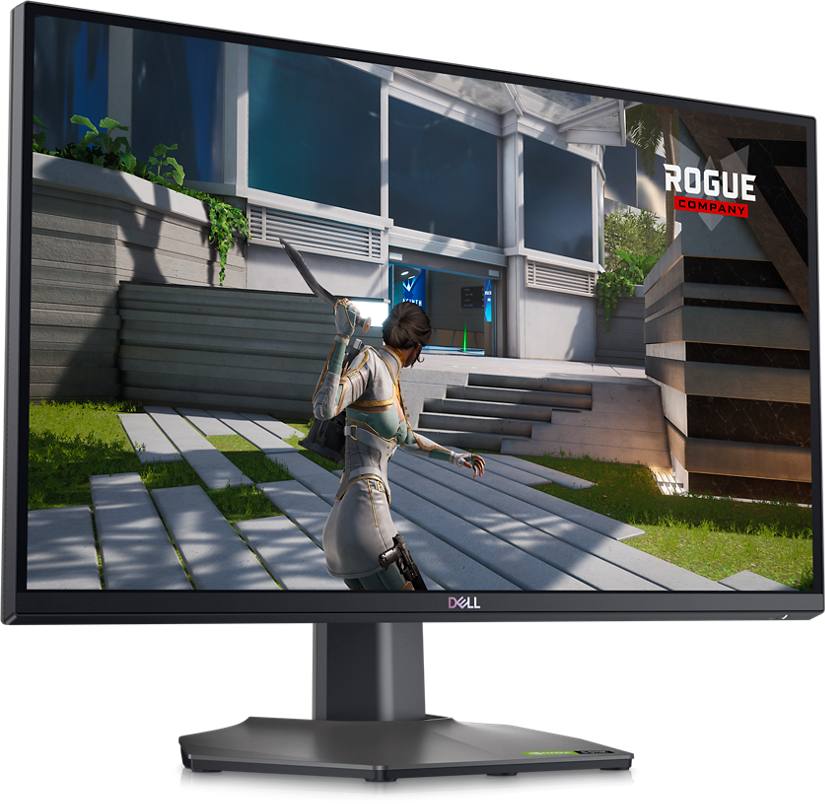Insightful Bytes
Exploring the world one byte at a time.
Pixels and Performance: The Monitor Myth
Uncover the truth behind monitor myths! Discover how pixels and performance impact your viewing experience like never before.
Debunking the Monitor Myth: How Pixels Affect Performance
The common belief that higher pixel counts directly correlate to better performance is a myth. While it's true that higher resolutions can provide a crisper image, they can also strain your system's resources. For instance, a 4K monitor requires significantly more graphical power than a 1080p monitor, which can result in lower frame rates in gaming and other graphics-intensive applications. As a result, gamers and professionals should consider their hardware capabilities and the types of tasks they perform before jumping on the high-resolution bandwagon.
Moreover, other factors influence performance beyond pixel count. Refresh rates, response times, and panel types play crucial roles in defining a monitor's overall quality. A high refresh rate, for example, allows for smoother gameplay and motion fluidity, which is particularly beneficial for competitive gamers. It's essential to find a balance between resolution, refresh rate, and response time based on individual preferences and usage scenarios. For detailed insights on optimizing monitor performance, you can check resources like Tom's Hardware.

Understanding Resolution: Is More Always Better for Your Monitor?
When it comes to monitor resolution, many users often wonder if higher numbers result in a visibly better experience. Resolution refers to the number of pixels displayed on the screen, typically expressed in width x height (e.g., 1920x1080). Higher resolutions such as 4K (3840x2160) indeed offer sharper images and greater detail, which can be particularly beneficial for tasks like graphic design or video editing. However, it's essential to consider factors like screen size and viewing distance. A 4K display on a smaller screen may not create a significantly noticeable difference for everyday tasks compared to a 1080p display.
Another aspect to consider is compatibility and performance. Higher resolutions demand more from your graphics card, potentially influencing frame rates in gaming. For gaming enthusiasts, achieving a balance between resolution and refresh rate can enhance the overall experience. It’s not just about cranking up the dots per inch; refresh rate, response time, and panel technology also play crucial roles. Ultimately, deciding if more resolution is better comes down to your personal preference and specific use cases.
Performance vs. Aesthetics: What to Consider When Choosing a Monitor
When choosing a monitor, it's essential to strike the right balance between performance and aesthetics. While aesthetics play a significant role in enhancing your workspace, the monitor's performance can greatly affect your productivity and user experience. Key performance factors to consider include refresh rate, response time, and resolution. For instance, a higher refresh rate offers smoother visuals, especially for gaming or video editing. On the other hand, a monitor with low response time minimizes motion blur, enhancing clarity during fast-moving scenes. For a deeper understanding of these factors, check out this guide on monitor specifications.
However, the aesthetics of a monitor should not be overlooked. A sleek design and attractive display can complement your workspace, making it more enjoyable to spend time in front of your screen. You should also consider the ergonomics of a monitor, as adjustable stands and eye-care technologies can help reduce strain during long hours of use. Ultimately, evaluating both performance and aesthetics ensures that you select a monitor that not only meets your technical needs but also fits seamlessly into your work environment. For more on how to choose a monitor based on visual appeal and functional design, visit this monitor buying guide.